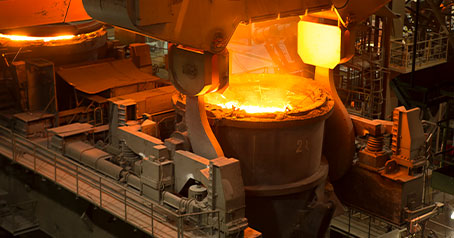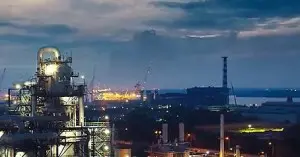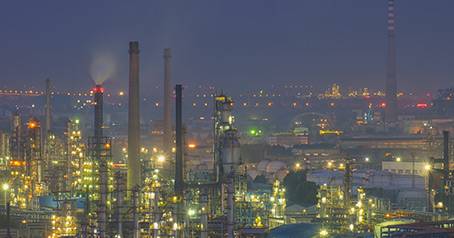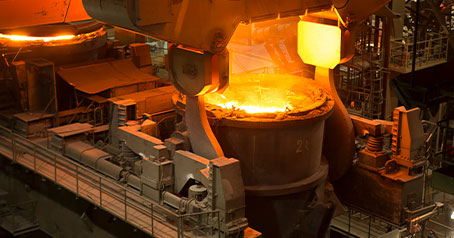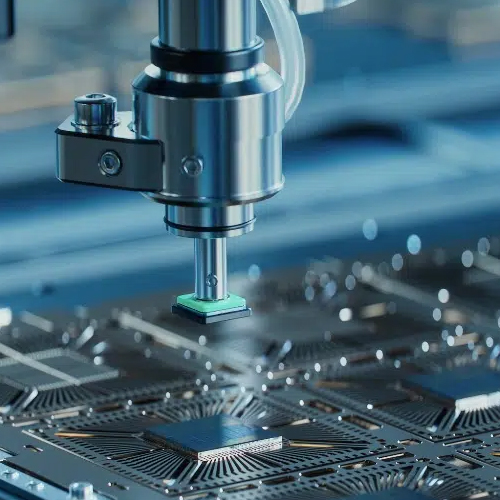Silicon metal is usually classified according to the content of iron, aluminum and calcium, the three main impurities contained in the silicon metal composition. According to the content of iron, aluminum and calcium in silicon metal, silicon metal can be divided into 553, 441, 411, 421, 3303, 3305, 2202, 2502, 1501, 1101 and other different grades. In industry, silicon metal is usually made by reducing silicon dioxide from carbon in an electric furnace. Chemical reaction equation: SiO2 + 2C → Si + 2CO so that the purity of silicon is 97~98%, called silicon metal. After melting, recrystallization, impurities removed with acid, the purity of 99.7~99.8% silicon metal was obtained. Silicon metal is composed mainly of silicon and thus has similar properties to silicon. There are two allotropes of amorphous silicon and crystalline silicon. Amorphous silicon is a gray-black powder that is actually a microcrystal. Crystalline silicon has the crystal structure and semiconductor properties of diamond, melting point 1410℃, boiling point 2355℃, density 2.32 ~ 2.34 g/cm 3, Mohs hardness 7, brittle. Amorphous silicification has active chemical properties and can burn intensely in oxygen. It can react with nonmetals such as halogen, nitrogen and carbon at high temperature, and can also react with metals such as magnesium, calcium and iron to produce silicides. Amorphous silicon is almost insoluble in all inorganic and organic acids, including hydrofluoric acid, but soluble in the mixture of nitric acid and hydrofluoric acid. Concentrated sodium hydroxide solution can dissolve amorphous silicon and release hydrogen gas. Crystalline silicon is relatively inactive and does not vaporize with oxygen even at high temperatures. It is insoluble in any kind of inorganic and organic acids, but soluble in a mixture of nitric acid and hydrofluoric acid and in concentrated sodium hydroxide solutions. Post time: Jun-01-2022
View More

 English
English 










